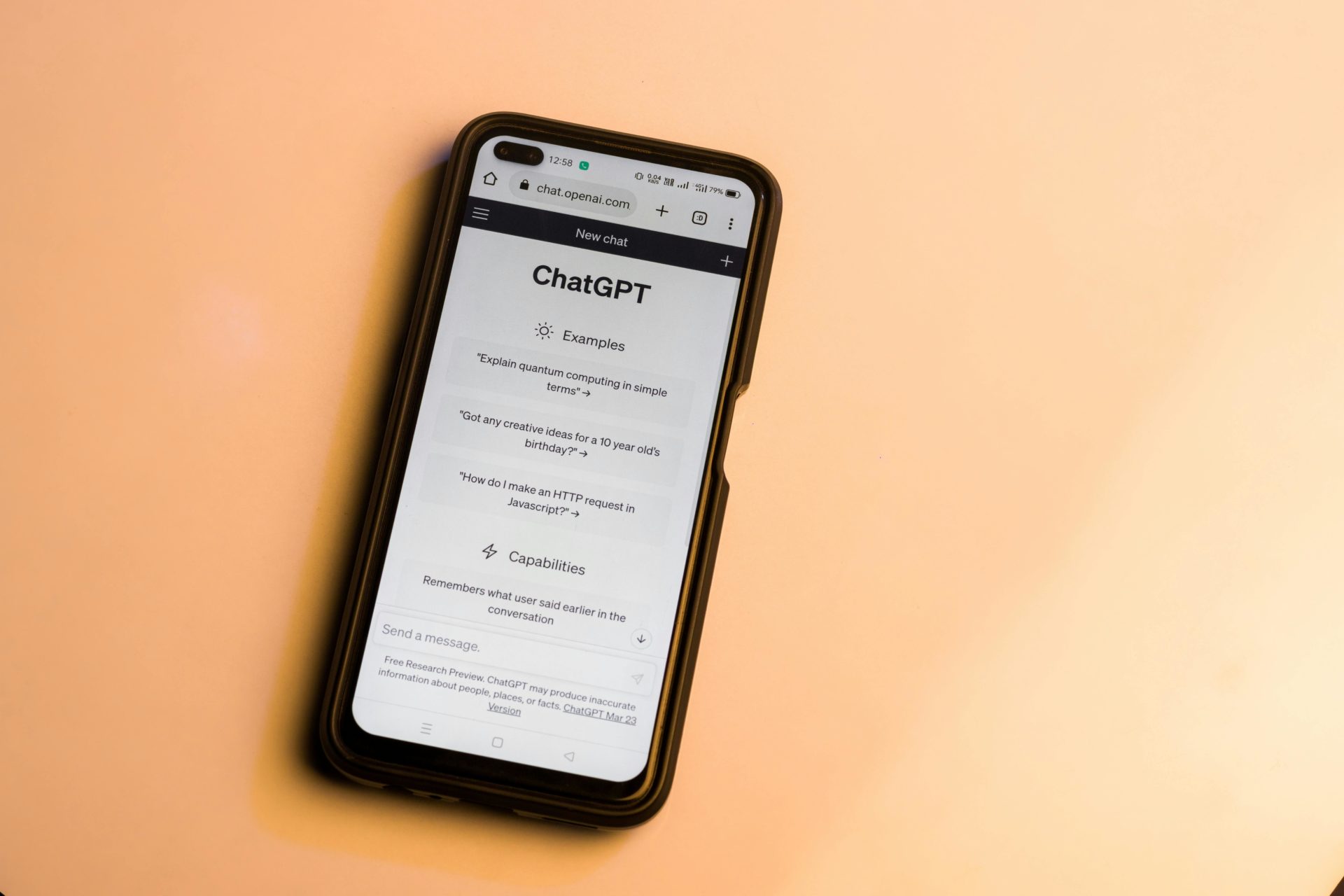
At our AI Summit, our Senior Digital PR Executive, Raquel Pinto, talks us through EditorBot – a custom GPT we’ve built and fine-tuned to help make our content more efficient, consistent and high quality. Born out of a real need to streamline endless feedback loops, EditorBot now plays a key role in our content process, offering helpful suggestions on grammar, clarity, tone, structure and accuracy.
To learn more, you watch the full session on demand or read the transcript.
Simply enter your details and access the full webinar on demand.
Tool Share Back: EditorBot
Hi everyone. I’m Raquel. If you don’t know me, I work in the digital PR team. I work on a lot of the AI offerings that we do and we test internally, so just basically trying to make our work more efficient, smarter, faster, but also better.
Before I talk about EditorBot, I just want to take you back to an audit about a year ago. I was sitting at home at my desk staring at my laptop and there was an email thread about 12 messages long of the same document going back and forth between departments, constantly editing it. It didn’t really feel like it was getting better and I was getting really frustrated. There was a really big aha moment that we have all the tools at our disposal to make this process so much more efficient. Why are we not doing it?
I think a lot of what you’re going to listen to today involves those aha moments. Little tiny hinges that open up big possibilities of what’s possible for us and what really changes our way of working.
EditorBot in particular is not the flashiest tool that you’re going to hear about today, but it’s the one we’ve used the most internally because it’s efficient, it works, and that’s what we wanted.
At Propellernet we try so much before we actually show anything. We really develop it, test it, and refine it to make sure that when we launch something, we launch it well. And we started with EditorBot.
So what is it? It’s a custom GPT. If you don’t know what that is, inside ChatGPT, you have the option of creating specific little agentic models. You paste certain content there, like press releases, blog posts, onsite content, and it gives you targeted feedback on grammar, clarity, structure, tone and accuracy.
Like I mentioned, it’s really practical and efficient, which is why it’s so used by our team.
If you’ve felt like revisions are endless, it’s not just you. If you’re on the client side and you’ve felt it too, that’s why we created EditorBot: to make everyone’s lives a bit easier and make sure content is as close to final as possible, with less back-and-forth and fewer tiny errors slipping through. Because we’re human. It happens.
So why does this matter beyond the time we save?
Because we save so much time. Just to give you a sense: before a piece of content went to a client, it would go through five different team members across departments to make sure it was engaging, informative, and as clear as possible.
Now we have a neutral tool that spots errors we might miss and suggests small improvements that make a big difference. It helps us scale consistency and raise quality.
You’re getting a sneak peek of EditorBot, but I also want to talk about why and how we built it.
Like I said, it’s fine-tuned. Here’s a snapshot of the prompt we use inside ChatGPT. It’s not overly complex, it’s just a really refined prompt. But we spent a lot of time getting the details right.
And that’s one of the things people miss with AI. You have to consider every caveat before launching something. The last thing I want is to show the team a tool they try twice and then abandon because it doesn’t work.
Some details: we ask it to preserve the challenge and the style. We know what a client wants from working together, and AI can’t just guess that.
We also ask it to ask questions. That’s one of my biggest tips for using AI. Ask your tool to ask you questions if something’s unclear. Sometimes we’re too deep in an idea and we miss key context. That feedback loop can really help.
So, for example, it does grammar checks and gives structure suggestions. It gives us a boost, starts with what’s working well, then gives actionable suggestions. And that’s important. They’re suggestions. Not everything AI says gets implemented.
Our team knows what works. What journalists want, what our audience likes, what clients need. The human decision-making is still essential.
For instance, I was chatting to my collegue yesterday and ChatGPT told her she was using the word “airport” too much. She said, “It’s an airport campaign. What else am I meant to say?” And that’s a valid point!
Then it gives section-by-section feedback. That’s crucial for things like accuracy. We’ve seen cases where duplicated data or a stray point skews an index, and it’s hard to catch when content has been through six rounds and multiple departments. The last thing you want is to get a piece through legal, only to find a typo and start again.
So this has saved us so much time and helped us ensure our content is the best it can be.
Some final takeaways:
EditorBot might not be flashy, but it makes our work smarter, faster and better. Practicality wins. You’ll see a lot of fancy tools, but if you’re just starting, focus on what small changes make a real difference.
Keep it simple. Keep it powerful. Launch once, launch it well. Keep iterating and testing internally.
We’ve been using this for months and I started developing it a year ago. You’re only seeing it now because we wanted to make sure it was right.
I hope this was a useful little peek into what we’ve been working on behind the scenes. Thank you.





